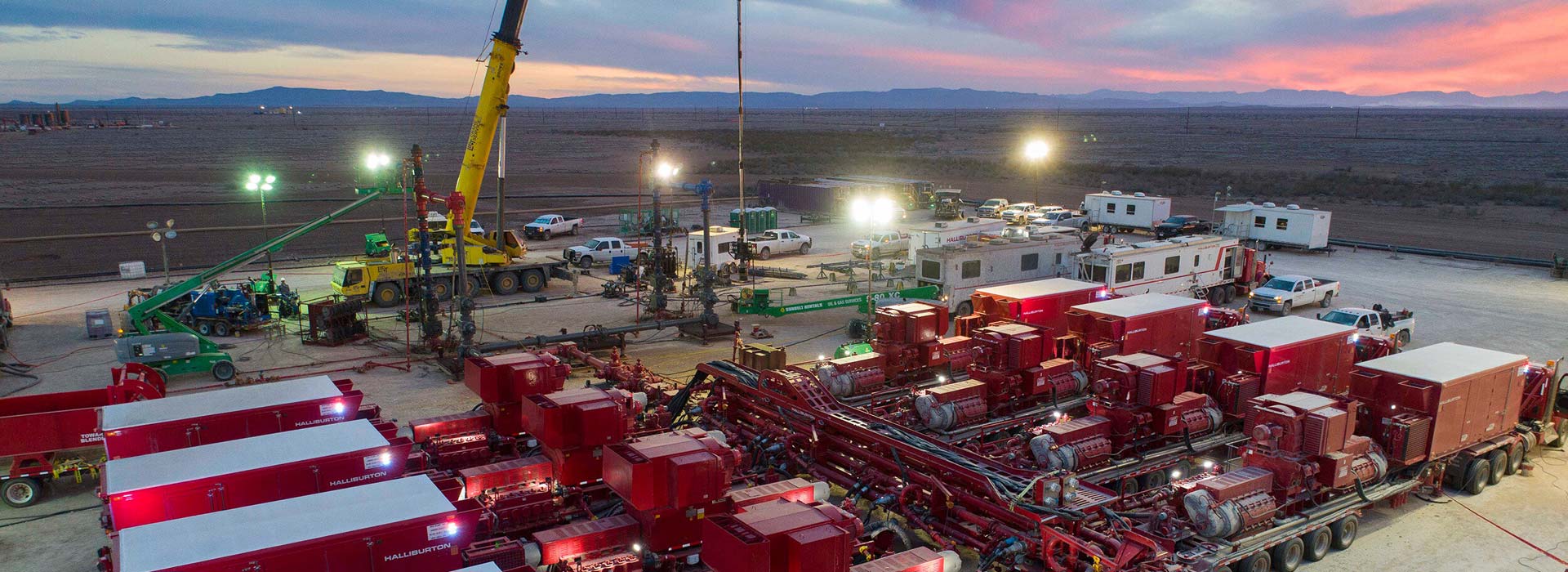- English
- Español
- Português
- русский
- Français
- 日本語
- Deutsch
- tiếng Việt
- Italiano
- Nederlands
- ภาษาไทย
- Polski
- 한국어
- Svenska
- magyar
- Malay
- বাংলা ভাষার
- Dansk
- Suomi
- हिन्दी
- Pilipino
- Türkçe
- Gaeilge
- العربية
- Indonesia
- Norsk
- تمل
- český
- ελληνικά
- український
- Javanese
- فارسی
- தமிழ்
- తెలుగు
- नेपाली
- Burmese
- български
- ລາວ
- Latine
- Қазақша
- Euskal
- Azərbaycan
- Slovenský jazyk
- Македонски
- Lietuvos
- Eesti Keel
- Română
- Slovenski
- मराठी
- Srpski језик
Ultra Wear-resistant Acid Fracturing Hose
Send Inquiry
YITAI is a professional Ultra Wear-resistant Acid Fracturing Hose manufacturer and supplier, if you are looking for the best Fracturing Hose with low price, consult us now!
More than 70% of the production equipment is imported from the United States and Germany, which is more stable and reliable; the crimping machines are mainly imported from Finland, with a 4000T press that is currently the largest tonnage in China. There are 16 production technology talents,3 experts and professors in the field of hoses, and 12 people with bachelor degrees or above, who are highly professional.
YITAI cooperates with Tsinghua University, the most famous university in China, on fracturing hose technology. YITAI's high-pressure fracturing hoses represent a formidable evolution in fracturing site operations, providing a superior alternative to conventional iron products. Engineered for versatility, these hoses can be customized with a variety of end fittings and an array of lengths to suit diverse operational requirements. Capable of withstanding pressures up to 20,000 psi, YITAI hoses ensure maximum reliability and performance even under the most extreme conditions. Each hose is a testament to our commitment to innovation and quality, designed to deliver unmatched durability and efficiency in the field.
The fracturing hose manufactured by YITAI features a crimping connection or integrated vulcanization connection method, significantly reducing both the weight and production costs of the product. The hose's inner tubing is composed of ultra-high molecular weight polyethylene, providing exceptional corrosion and abrasion resistance to meet all of your hydraulic fracturing requirements.
Ultra Wear-resistant Acid Fracturing Hose Parameter
|
Size (Inch) |
I.D. (mm) |
O.D. (mm) |
W.P.(psi) | P.P.(psi) | Min B.P.(m,in service) |
Min B.P.(m, During storage or transportation) |
Weight (kg/m) |
Volume(bbl/min) | Connections |
| 2" | 51 | 105 | 15000 | 22500 | 1.0 | 0.7 | 25 | 12 | 3”1502 Hammering Union or 3-1/16”API 15K Flange Connection |
| 2.5" | 64 | 131 | 15000 | 22500 | 1.1 | 0.8 | 31 | 18.5 | 3”1502 Hammering Union or3-1/16”API 15K Flange Connection |
| 3" | 76 | 144 | 15000 | 22500 | 1.2 | 1.0 | 34 | 22 | 3”1502 Hammering Union or3-1/16”API 15K Flange Connection |
| 3.5" | 89 | 158 | 15000 | 22500 | 1.3 | 1.1 | 39 | 28 | 3”1502 Hammering Union or3-1/16”API 15K Flange Connection |
| 4" | 102 | 172 | 15000 | 22500 | 1.4 |
1.2 |
43 | 47 | 4”1502 Hammering Union or4-1/16”API 15K Flange Connection |
| 5" | 127 | 197 | 15000 | 22500 | 1.5 | 1.3 | 50 | 80 | 5-1/8” API 15K Flange Connection |
| 2" | 51 | 129 | 20000 | 30000 | 1.2 | 0.9 | 30 | 14 | 2”2002 Hammering Union or 3-1/16”API 20K Flange Connection |
| 2.5" | 64 | 143 | 20000 | 30000 | 1.4 | 1.0 | 36 | 21 | 3”2002 Hammering Union or 3-1/16”API 20K Flange Connection |
| 3" | 76 | 155 | 20000 | 30000 | 1.5 | 1.1 | 43 | 32 | 3”2002 Hammering Union or 3-1/16”API 20K Flange Connection |
| 4" | 102 | 181 | 20000 | 30000 | 1.6 | 1.3 | 51 | 47 | 4-1/16”API 20K Flange Connection |
| 5" | 127 | 207 | 20000 | 30000 | 1.7 | 1.4 | 60 | 73 | 7-1/16”API 20K Flange Connection |
Ultra Wear-resistant Acid Fracturing Hose Product details
Application: Acid fracturing, sand fracturing and hydraulic fracturing pipelines in well completion operations, and water base, oil-based, foam, acid base fracturing fluids under high pressure
Inner glue layer: polymer composites
Inner diameter type: Full flow
Enhancement layer: High strength super flexible steel wire or wire rope with multi-layer winding
Outer glue layer: Wear and weather resistant synthetic rubberTemperature range:-29℃~+100℃
Standards: API Spec. 7K FSL0 | ABS
Joint type: Integral union or integral flange or other forms





